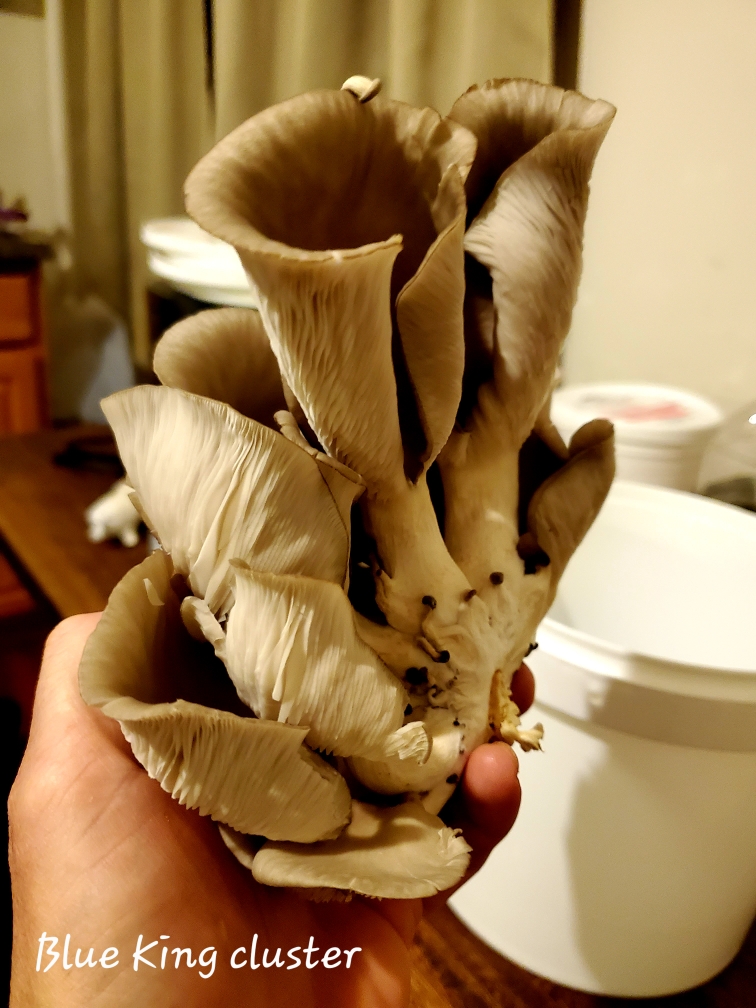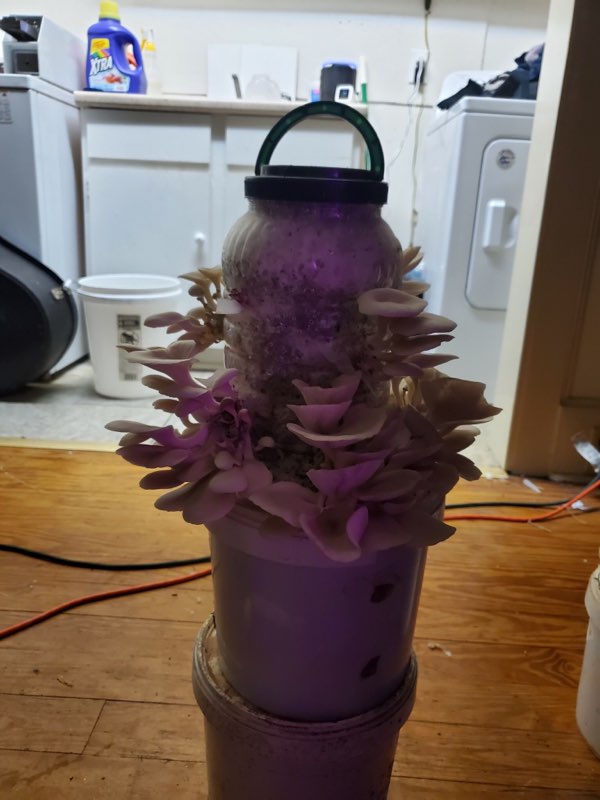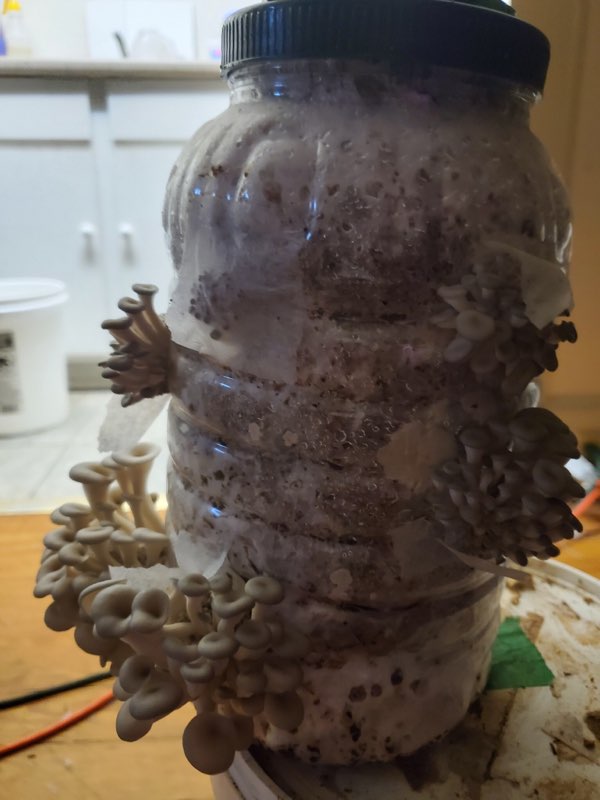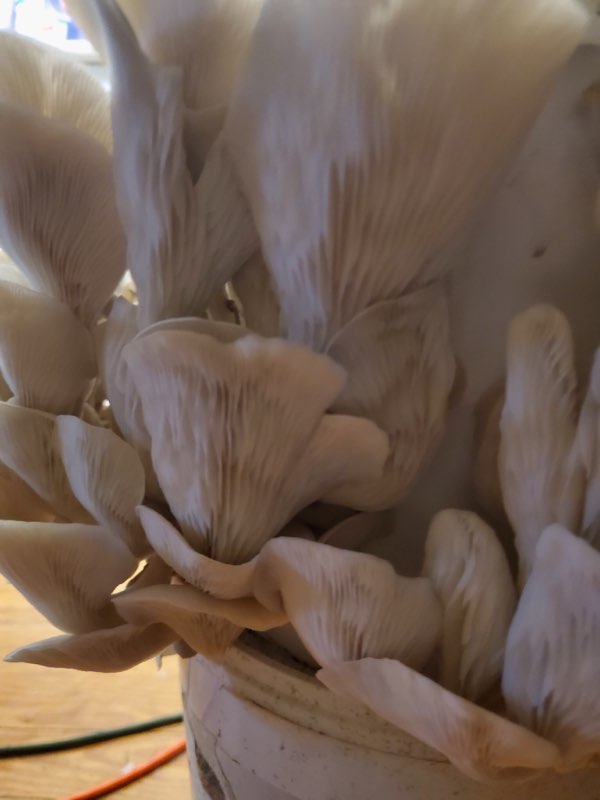Pink Oyster, Phoenix Oyster, King Oysters, Brown Oyster, Blue Oyster, White Pearl Oyster, Branched Oyster
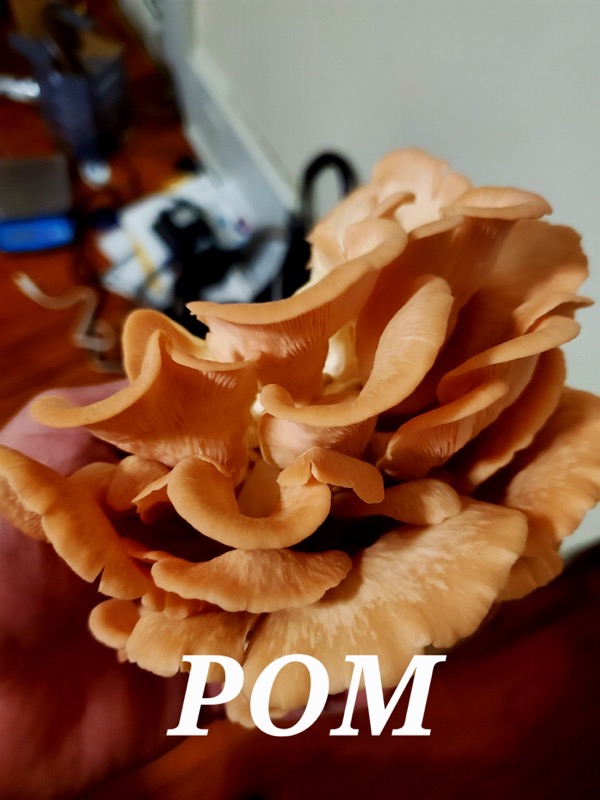
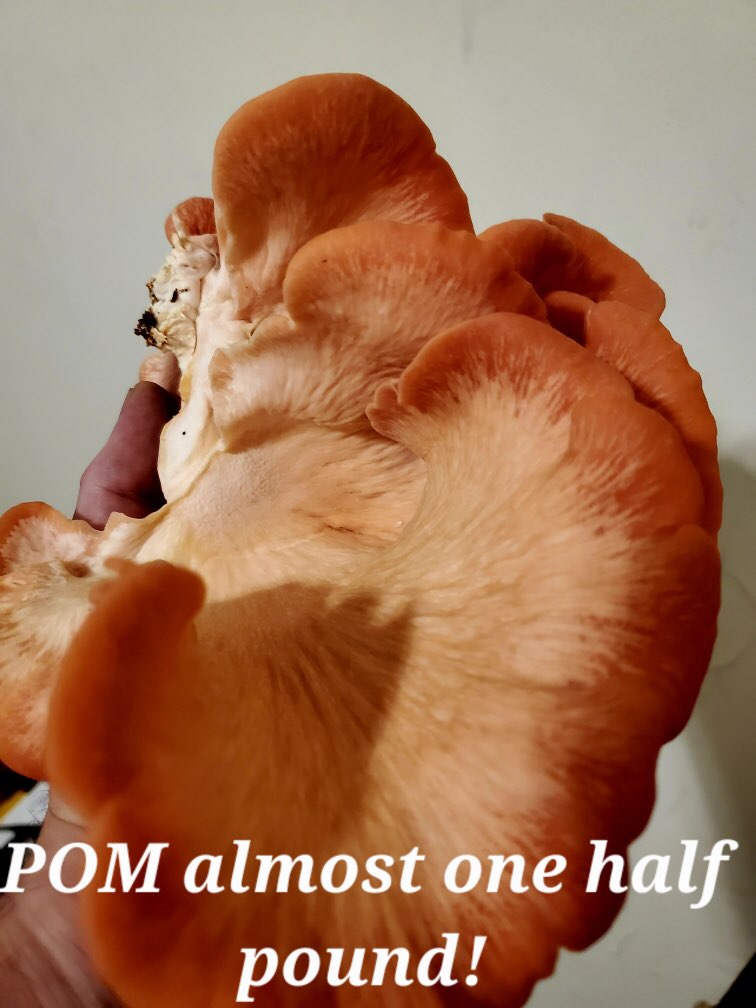
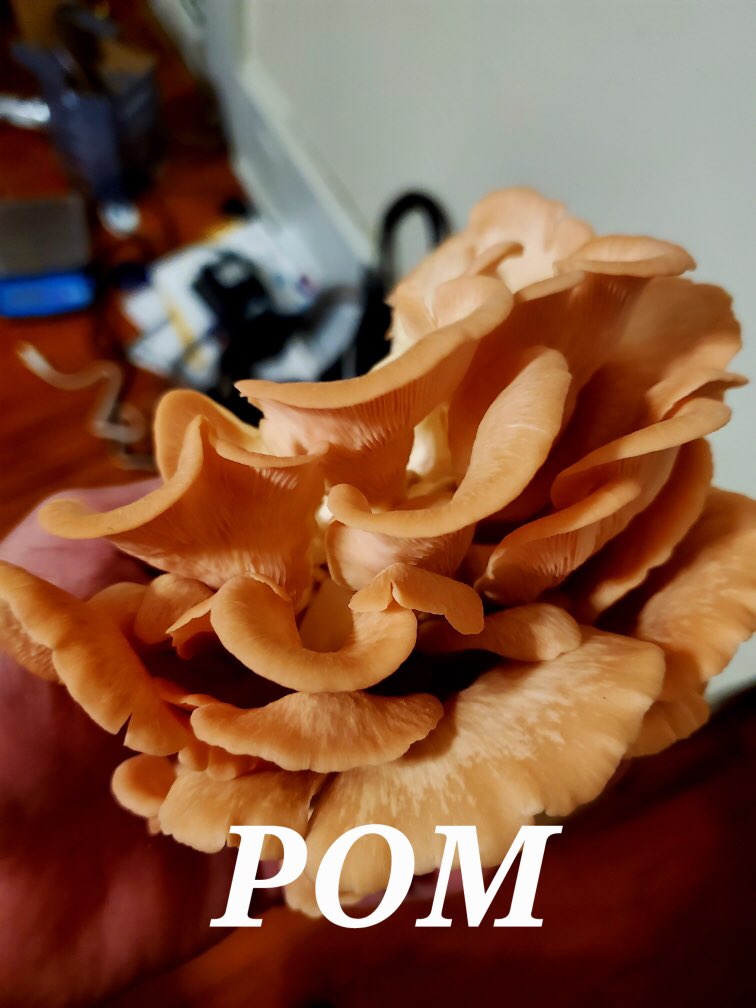
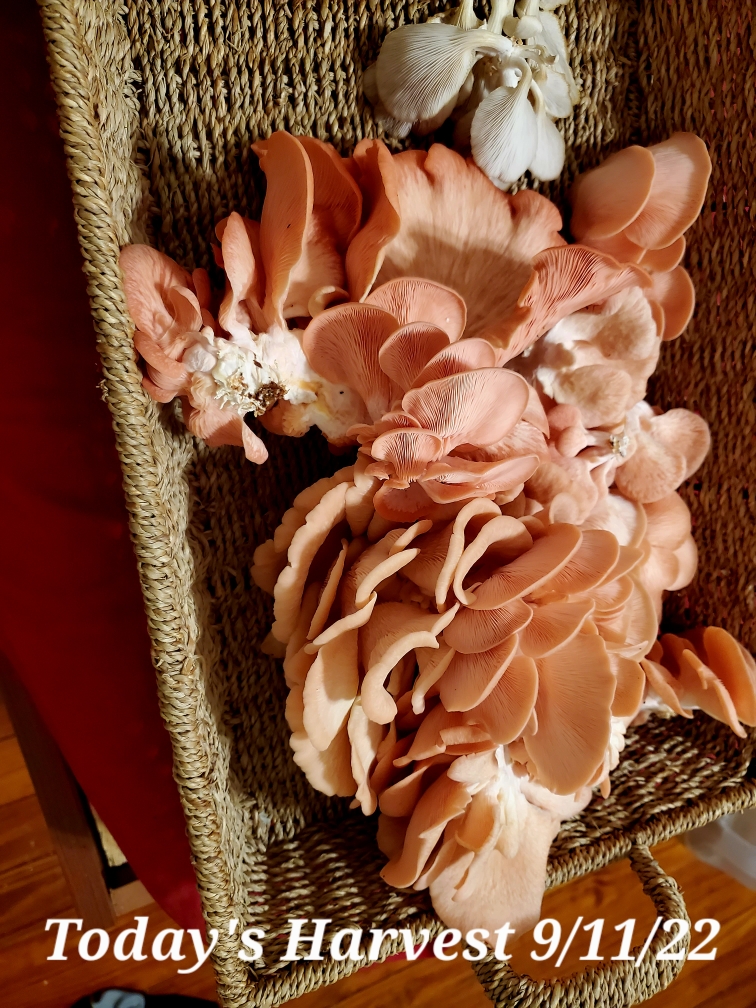
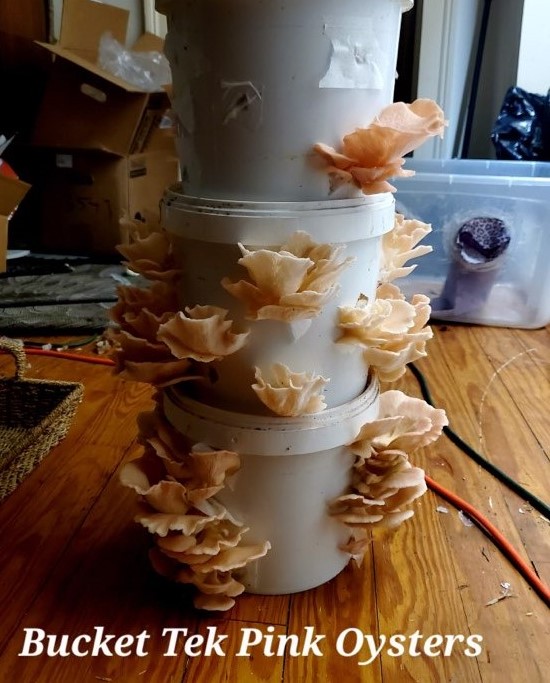
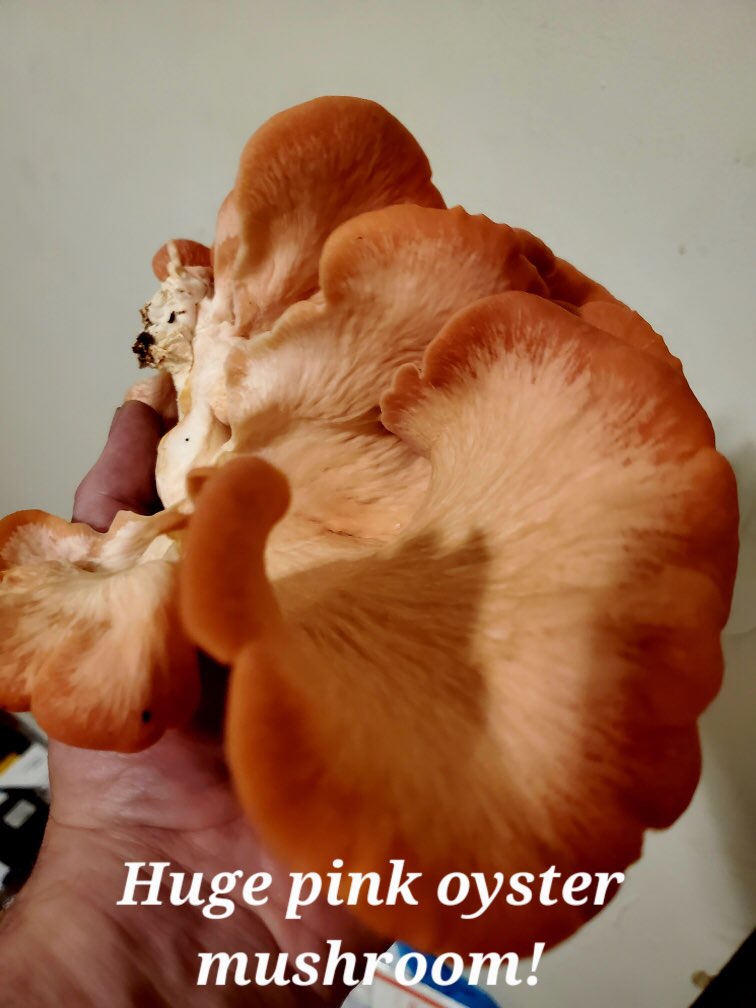
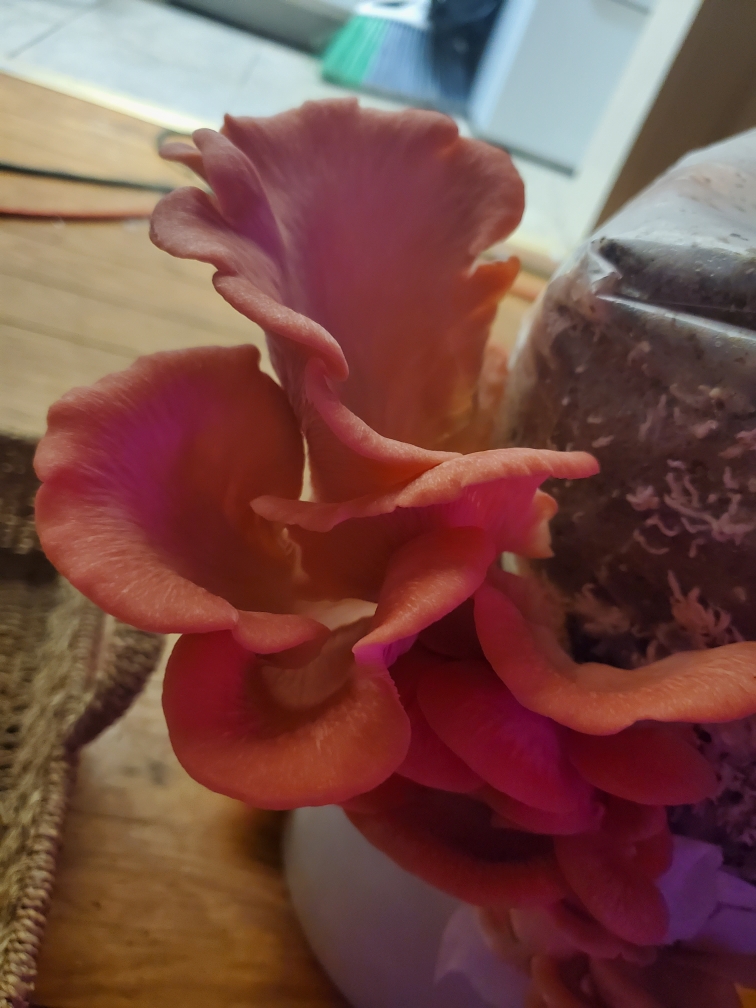
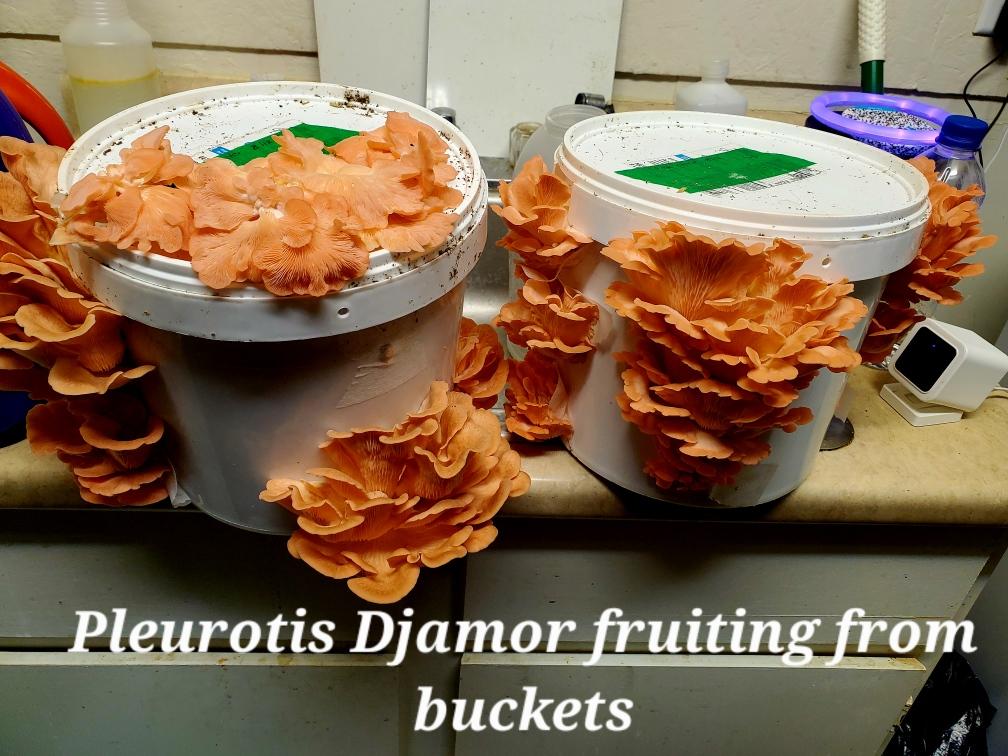
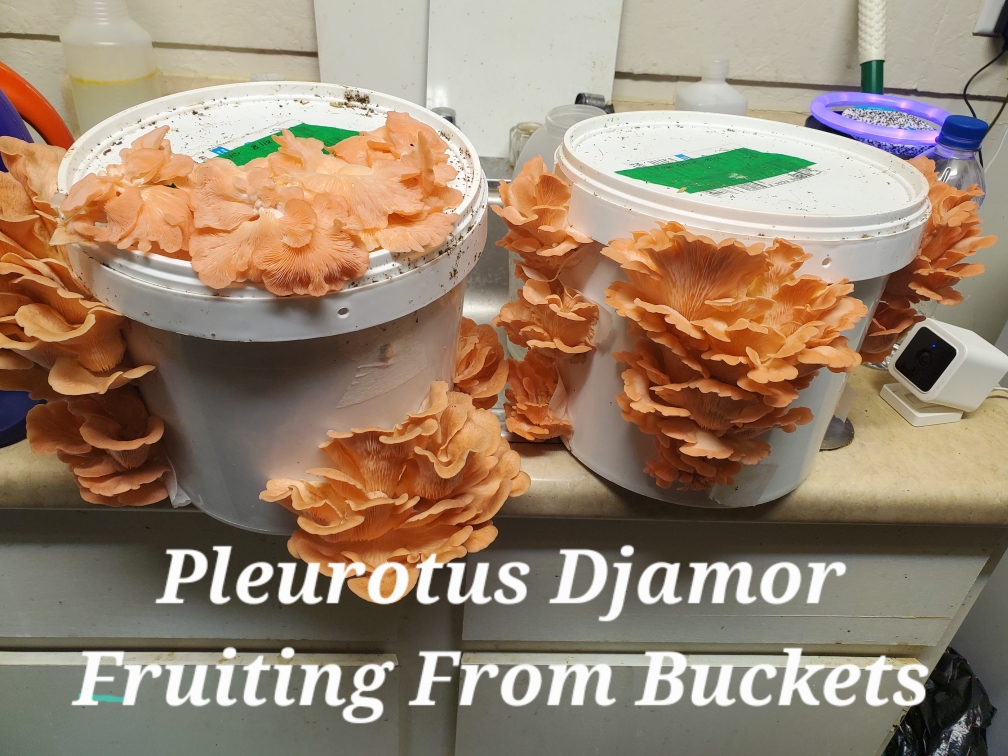
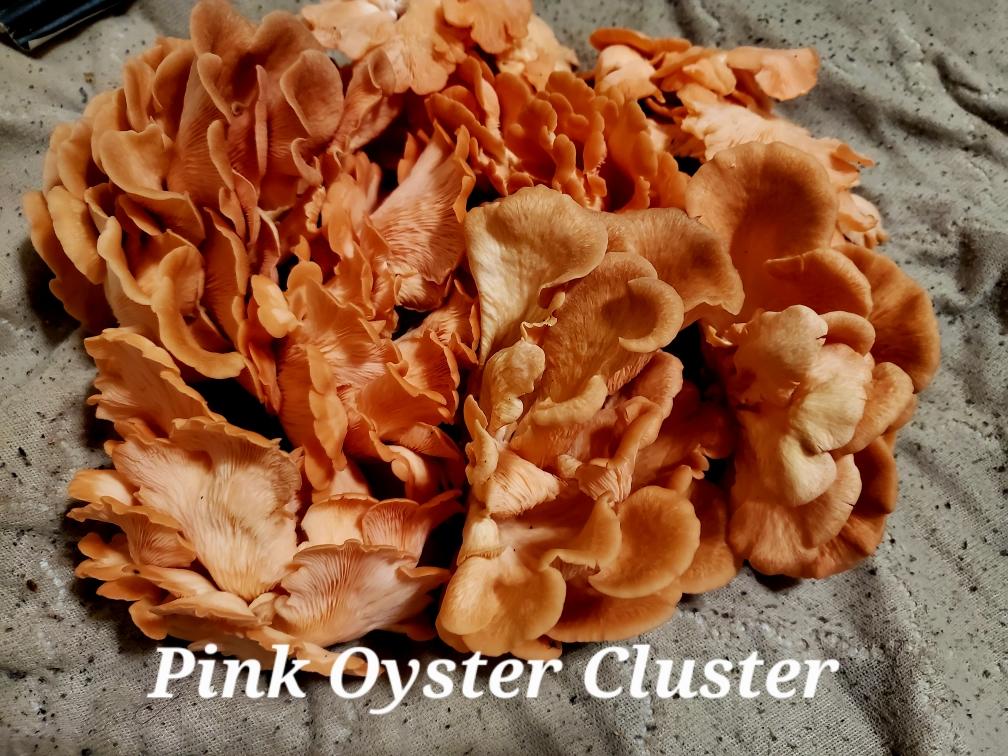
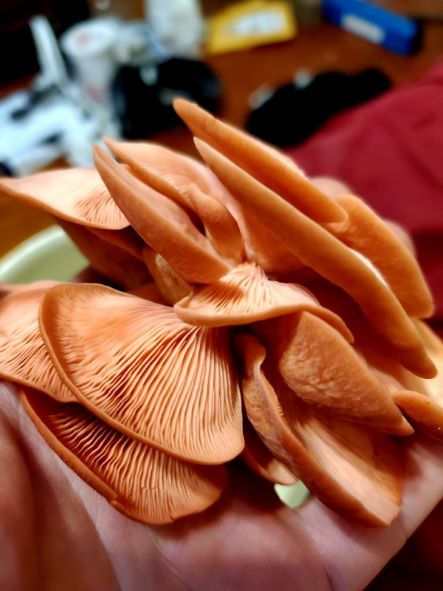
Pink Oyster Mushroom (Pleurotis Djamor), is a warm weather mushroom thriving best in tropical climates such as Haiti and Jamaica. They can be grown in any warm climate or even in cold climates with climate control in grow rooms. They are very aggressive. They can grow in almost any substrate including logs, cardboard, straw, toilet paper and assorted organic waste.
Many people rely on this mushroom for their protein source in countries where livestock in vegetable proteins are not an option. One of their best perks, I believe, is their ability to be used for a bacon substitute, for people who don’t wish to eat meat. Although their taste is very bland, and almost like paper when raw, cooking brings out great flavors within this mushroom which can be augmented with applicable spices.
Growing pink oysters is very easy! You can even grow them on toilet paper. Growing good pink oysters is another story though. You need a good strain. Weak strains often turn white as they mature. Still edible, but lacking flavor, and that beautiful color. Straw mixed with wheat bran is a good substrate. Their flavor really comes out when sauteed with a little salt, black pepper, and garlic.
Phoenix Oyster
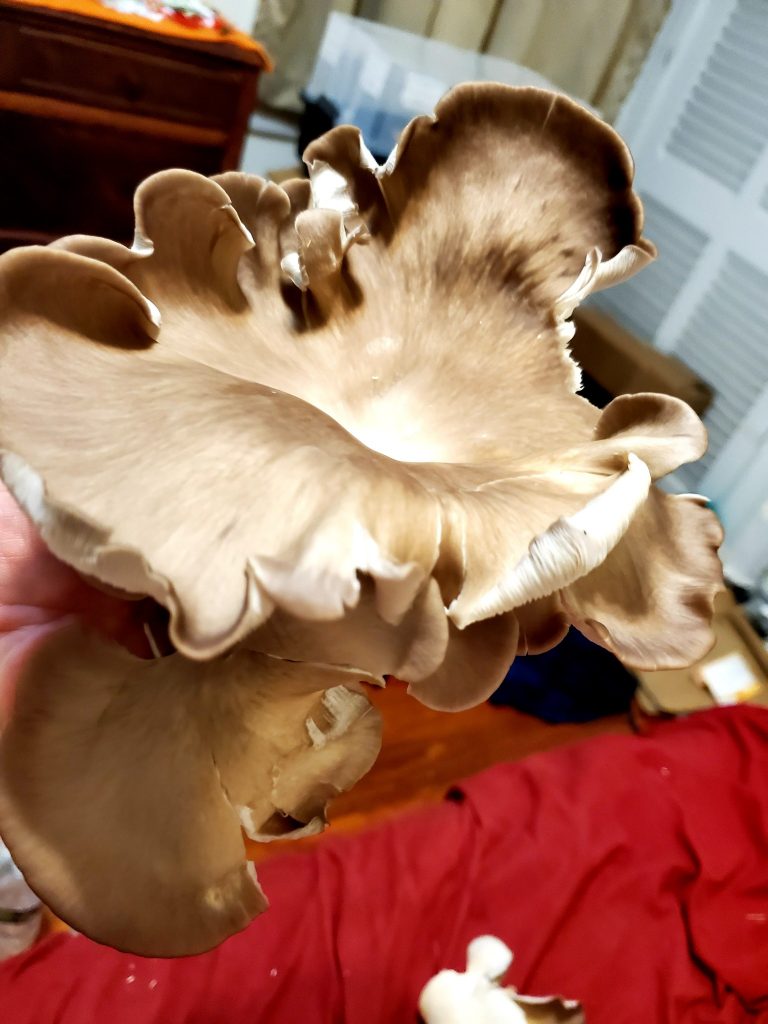
The phoenix Oyster is one of my favorite mushrooms. It has huge caps, thick tender stems, and a beautiful appearance. In many ways, it resembles the king oyster, but its requirements are a little different. Unlike most kings, it likes warmer temperatures and can grow on a variety of substrates. The Phoenix Oyster can frequently resemble a Black Pearl King, a Brown Oyster, and many others depending on the conditions its growing in. Top or side fruited yield different forms of mushrooms.
What remains the same is the Phoenix Oyster is a delicious, tender, and medicinal mushroom that resembles king oysters in many ways.
King Oysters
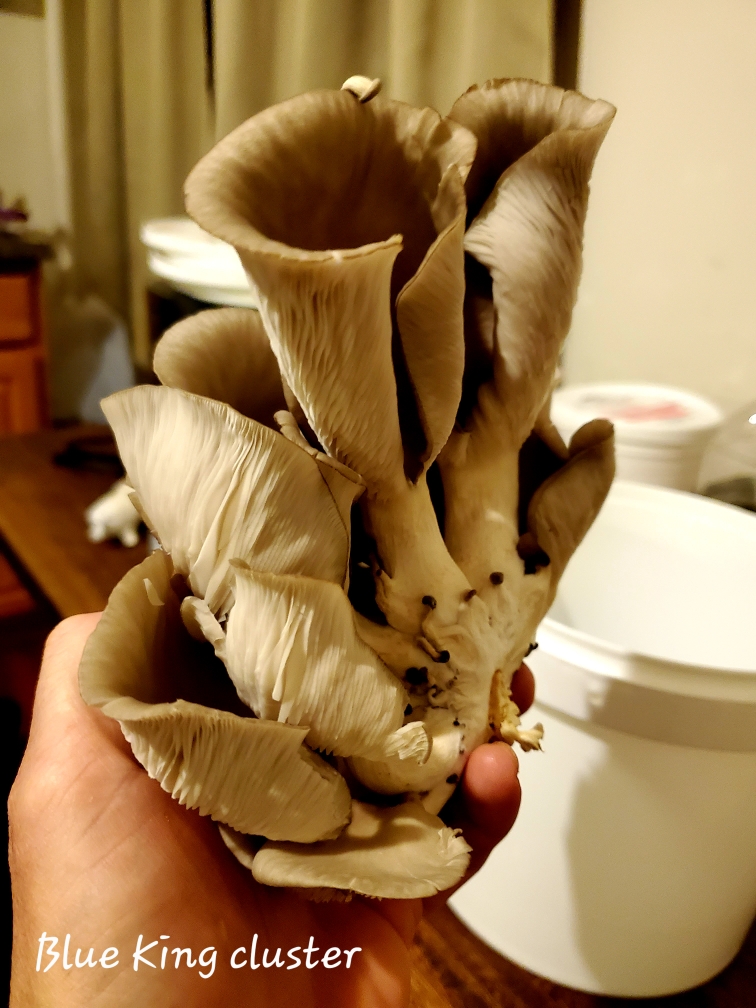
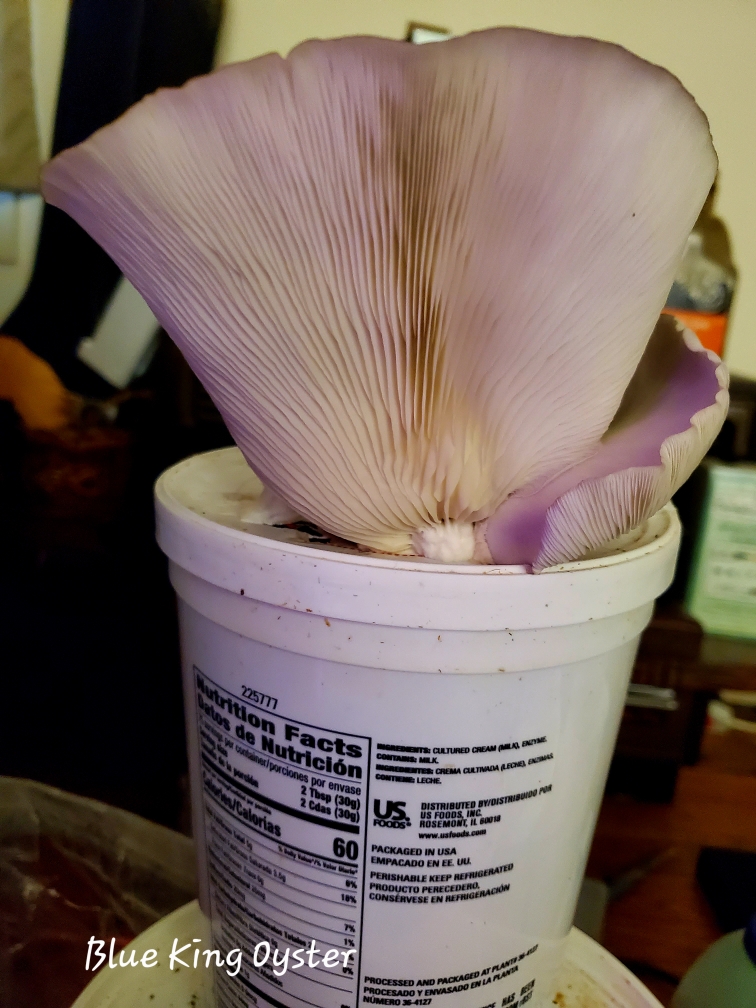
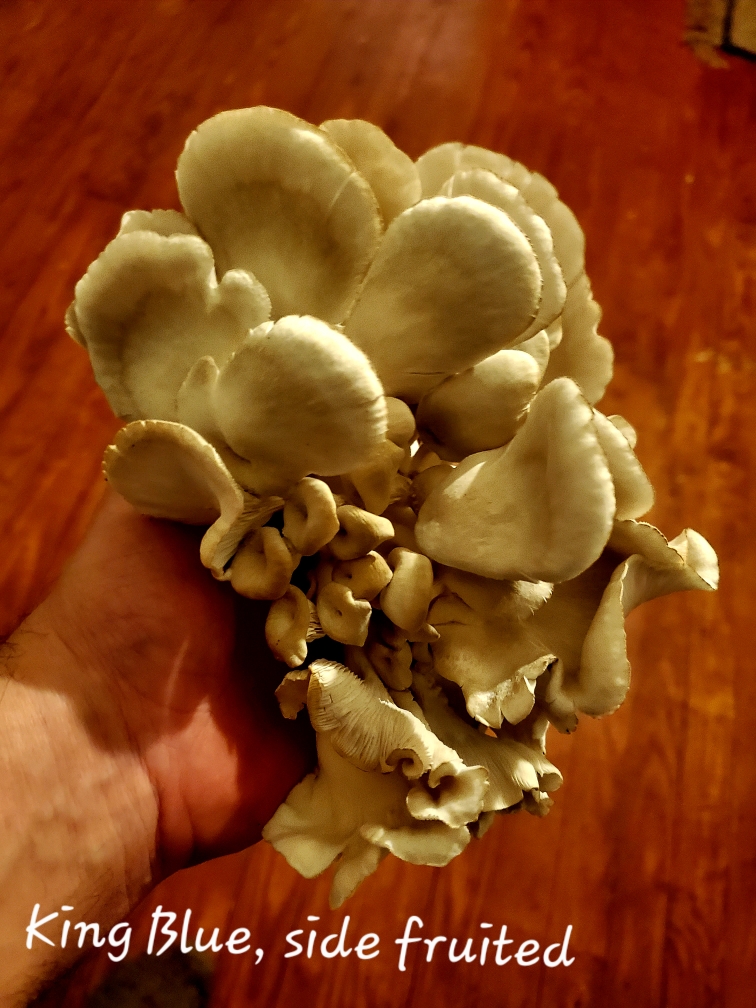
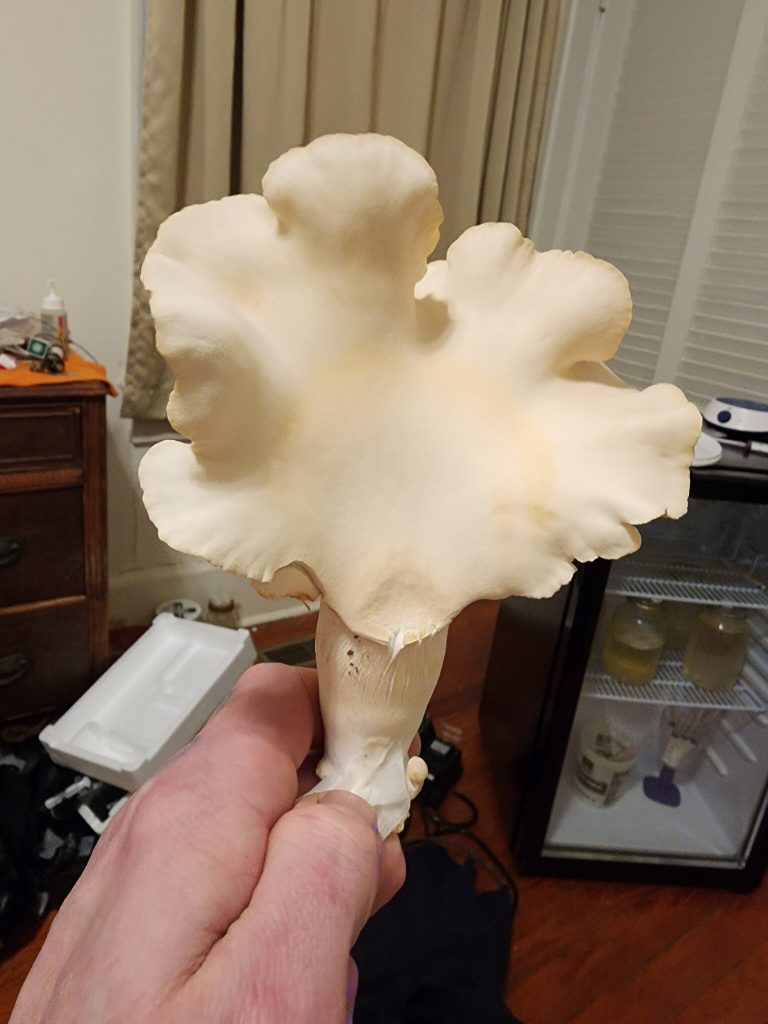
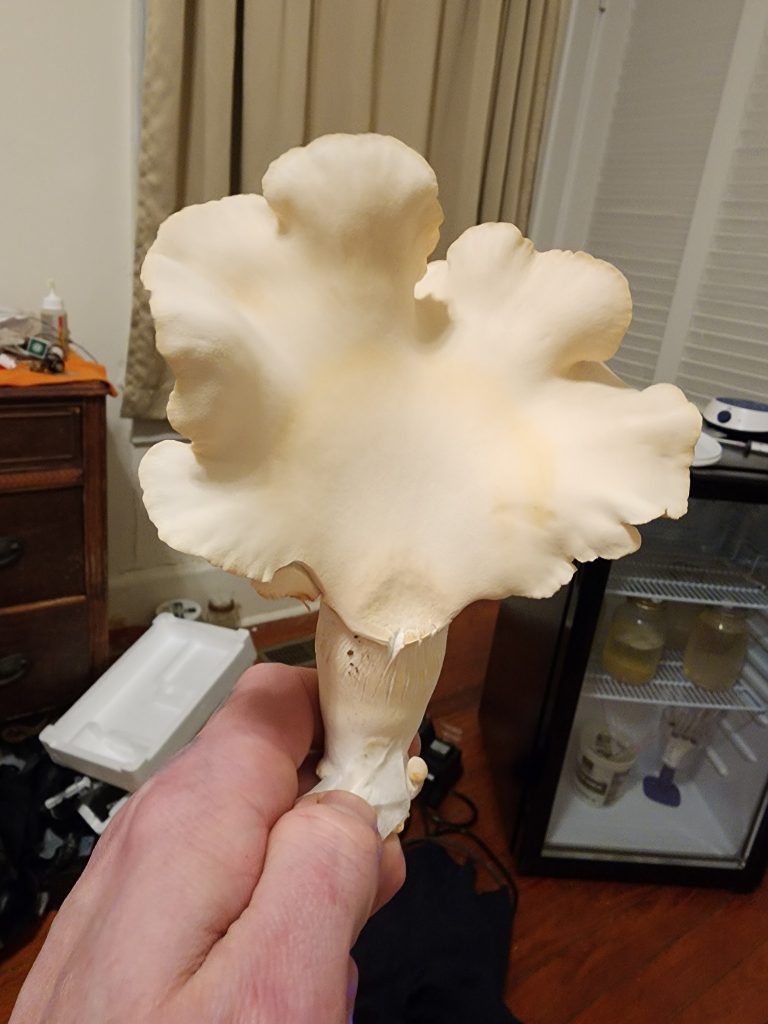
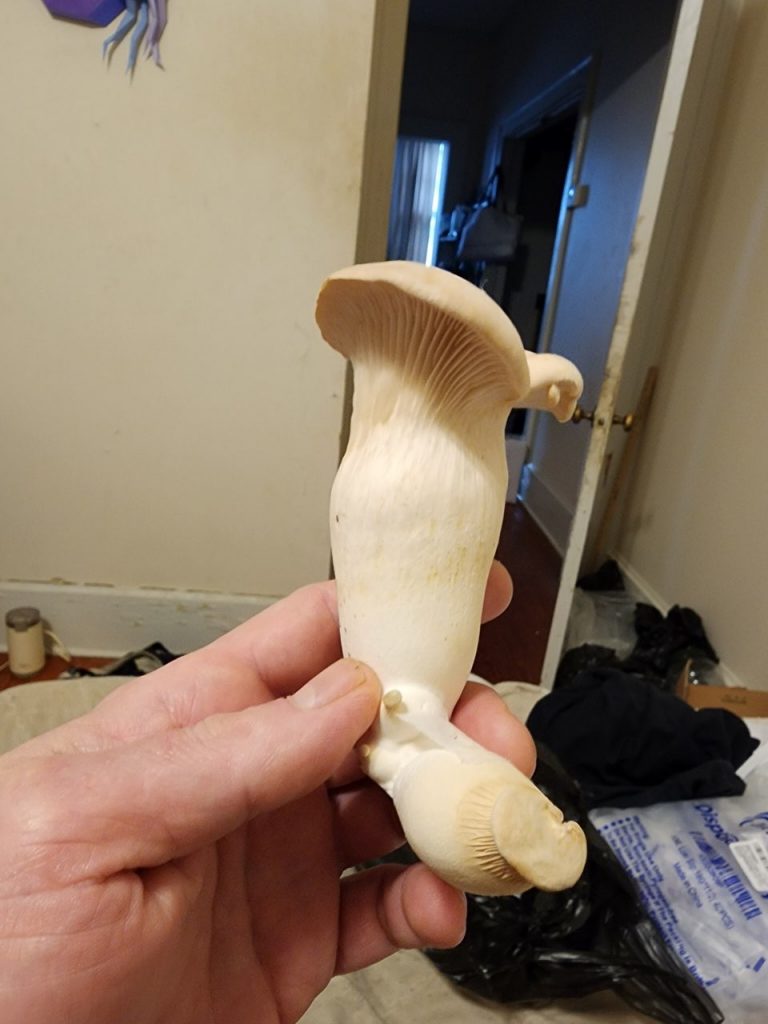
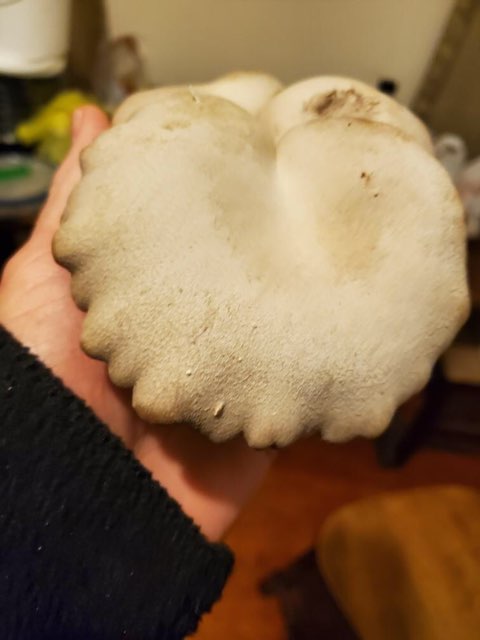
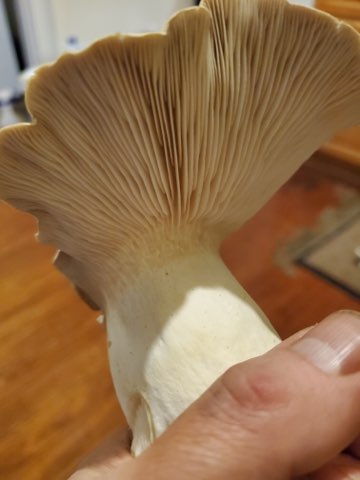
King Oysters is likely the most popular oyster mushrooms in the world! There are definite reasons for this. For one, these mushrooms are huge, and yet very tender. Unlike most oyster mushrooms, they are noted for their thick fleshy stems, and often small caps. The stems of most oyster mushrooms are tough and stringy, but this is not true of the King Oyster Mushrooms. Frequently, the stems are sliced into rounds and used as a vegan substitute for scallops. One very interesting thing about kings, is that they grow differently depending on where they are fruited from in the container. For example, top fruits usually have big thick stems and small caps, when side fruited, they tend to develop large meaty caps with thick but shorter stems.
There are a lot of king hybrids including the Blue King and the Black Pearl King. What is happening here, is that they have crossed two different types of mushrooms, one of them being the King. While these color differences are impressive, they are all kings with the same properties, and often returned to the state of original king, losing those colors. My favorite hybrid of the king oyster is the Blue King oyster because it has a wider fruiting range than of other king oysters.
Wild Oyster Mushroom Clones
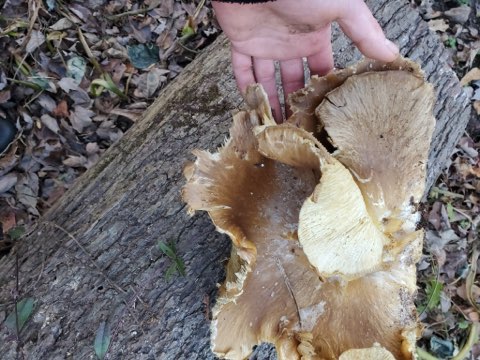
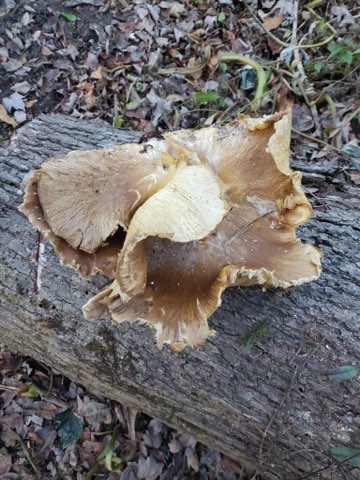
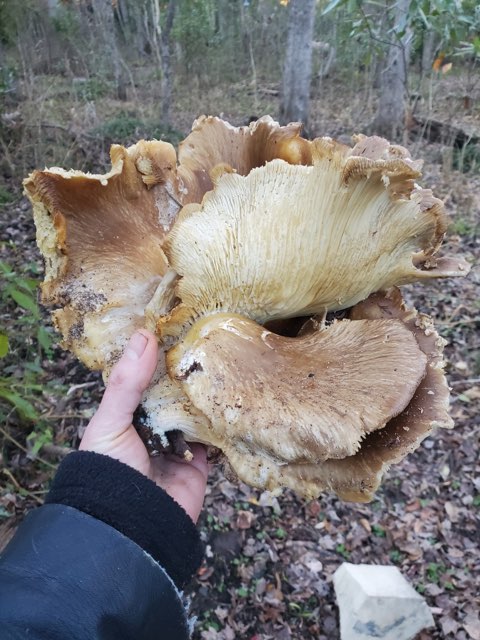
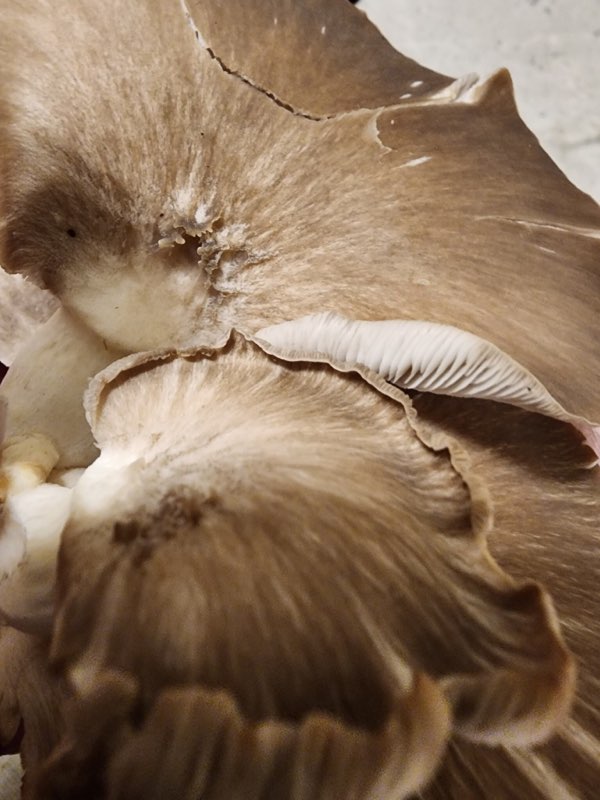
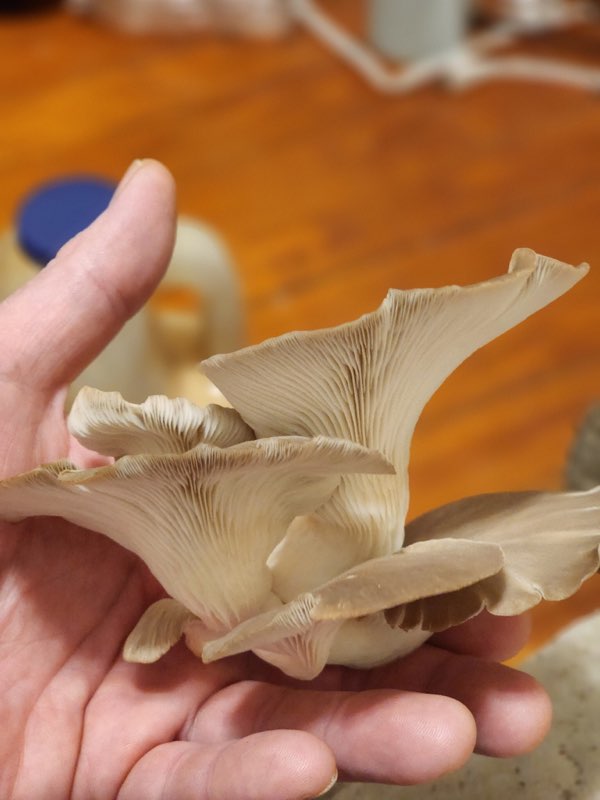
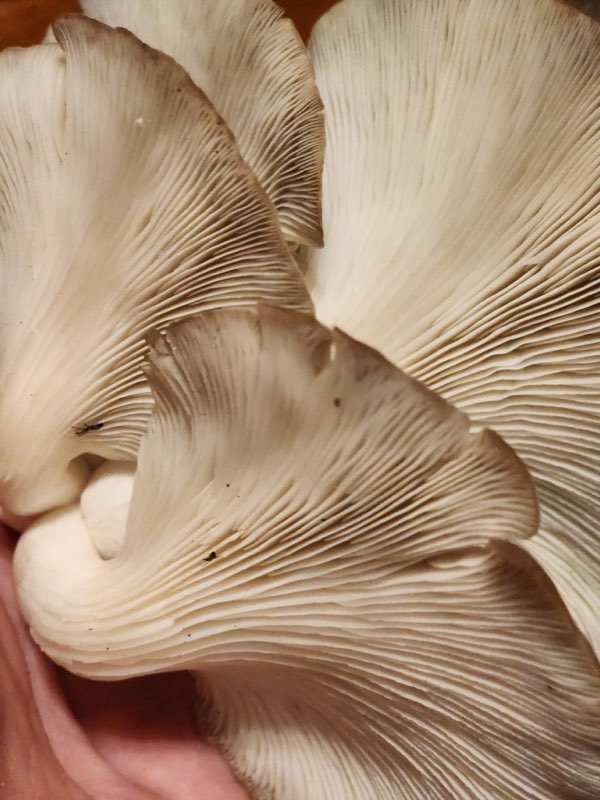
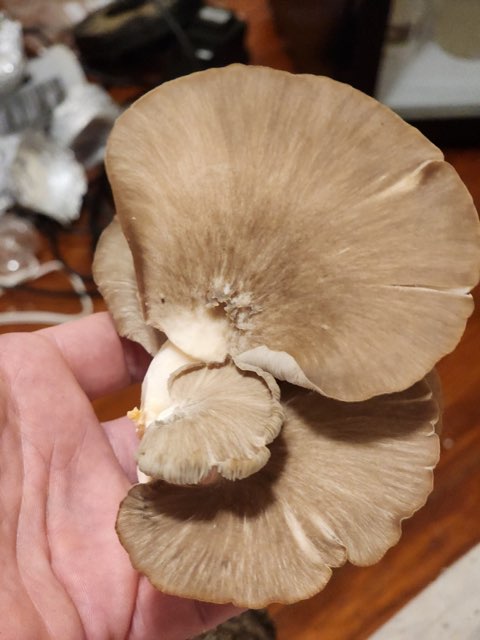
The Brown Oyster is a version of Pleurotus Ostreatus often grown in very cold temperatures even up to the frost mark. Sometimes they can get very large, therefore appearing like other oysters, but often they have little to no stem, growing from wood in a funnel like shape. I was very excited to clone an enormous brown oyster and introduce to my culture library. At the beginning of these pics we see the wild oyster that I cloned from, and the later what the results were.
Blue Oyster
